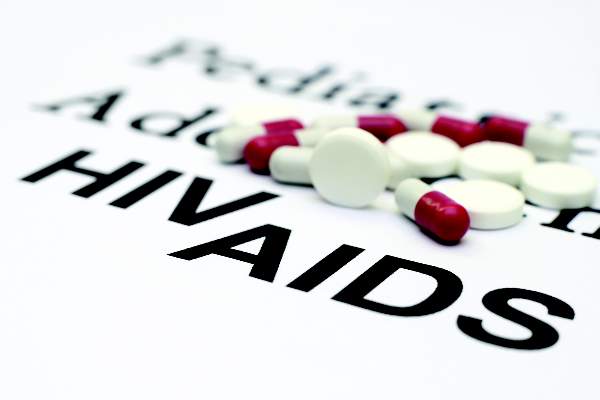A large volume of HIV and AIDS research enters the medical literature every month. It’s difficult to monitor everything, so here’s a quick look at some notable news items and journal articles published over the past few weeks.
A review of recent findings on the prevalence and incidence of fractures in people living with HIV found that the effects of HIV infection alone, and the initiation of antiretroviral therapy, are associated with significant bone loss in individuals with HIV infection , resulting in osteopenia and osteoporosis. Investigators said fragility fractures occur at a prevalence of about 10% (about twice that of the general population), and the increased propensity of falls results in greater fracture prevalence, morbidity and mortality.
A study in the journal Substance Use and Misuse found risk behaviors among heroin injectors in the Colombian cities of Medellín and Pereira held implications for possible increased HIV transmission among this population. While HIV prevalence is fairly low among people who inject drugs in the Colombian cities studied, investigators said potential risk exists for the spread of HIV in this population given their widespread needle-sharing practices, high rate of new injector initiation, and unsafe syringe-cleaning practices.
Researchers at Johns Hopkins and Emory University said the achievement of White House National HIV/AIDS Strategy (NHAS) progress indicators for screening, linkage, and retention in care can substantially reduce the burden of HIV in the United States , but continued and increased financial investment will be required.
HIV infection of human immune cells triggers a massive increase in methylation to both human and viral RNA , aiding replication of the virus, according to research published online in Nature Microbiology. The research team, based at the University of California, San Diego, discovered N6-methyladenosine modifications in HIV RNA for the first time.
A study in the journal AIDS found that increasing CD8 T-cell levels and persistent CRP elevation are independent predictors of angiographic restenosis in HIV patients . The authors say these markers should be closely monitored in patients undergoing percutaneous coronary intervention.
Despite improvements in life expectancy among people diagnosed with an HIV infection during 2008-2011, disparities by sex and by race/ethnicity persist , say authors of a study published in JAIDS. The overall life expectancy after HIV diagnosis in the United States, increased 3.43 years from 25.43 in 2008, to 28.86 in 2011.
An examination of the incidence and risk factors of AIDS-defining and other cancers in pediatric antiretroviral therapy (ART) programs in South Africa found that early HIV diagnosis and linkage to care, with start of ART before advanced immunodeficiency develops, may substantially reduce the burden of cancer in pediatric patients.
Antiretroviral stewardship programs can be considered a core strategy for continuous quality improvement in the management of HIV-infected children and adolescents , said authors of a study published in the Pediatric Infectious Disease Journal. Researchers used a comprehensive assessment tool to screen pediatric patients for issues related to genotypic resistance, virologic/immunologic response, drug-drug interactions, side effects, and potential for regimen simplification.
Investigators for a retrospective cohort analysis of HIV-infected individuals in New York State discovered that a number of patient characteristics were independently associated with hospital readmission within 30 days . The authors say behavioral health disorders and comorbid conditions may be the strongest predictors of readmission in persons living with HIV/AIDS and might ultimately compromise the quality of care and result in harmful discontinuity of medical treatment.
Researchers developed and validated an HIV risk-assessment tool that predicts HIV acquisition among African women over 1 year . The authors say the use of a validated risk score could improve efficiency of recruitment into HIV prevention research and inform scale-up of HIV prevention strategies in women at highest risk.
Empiric TB treatment of HIV-seropositive, smear-negative, presumed pulmonary TB patients with one or more danger signs is associated with improved 8-week survival, according to a study published in JAIDS. The authors say enhanced implementation of the 2007 WHO empiric treatment recommendations should be encouraged whenever and wherever rapid and highly sensitive diagnostic tests for TB are unavailable.
On Twitter @richpizzi





